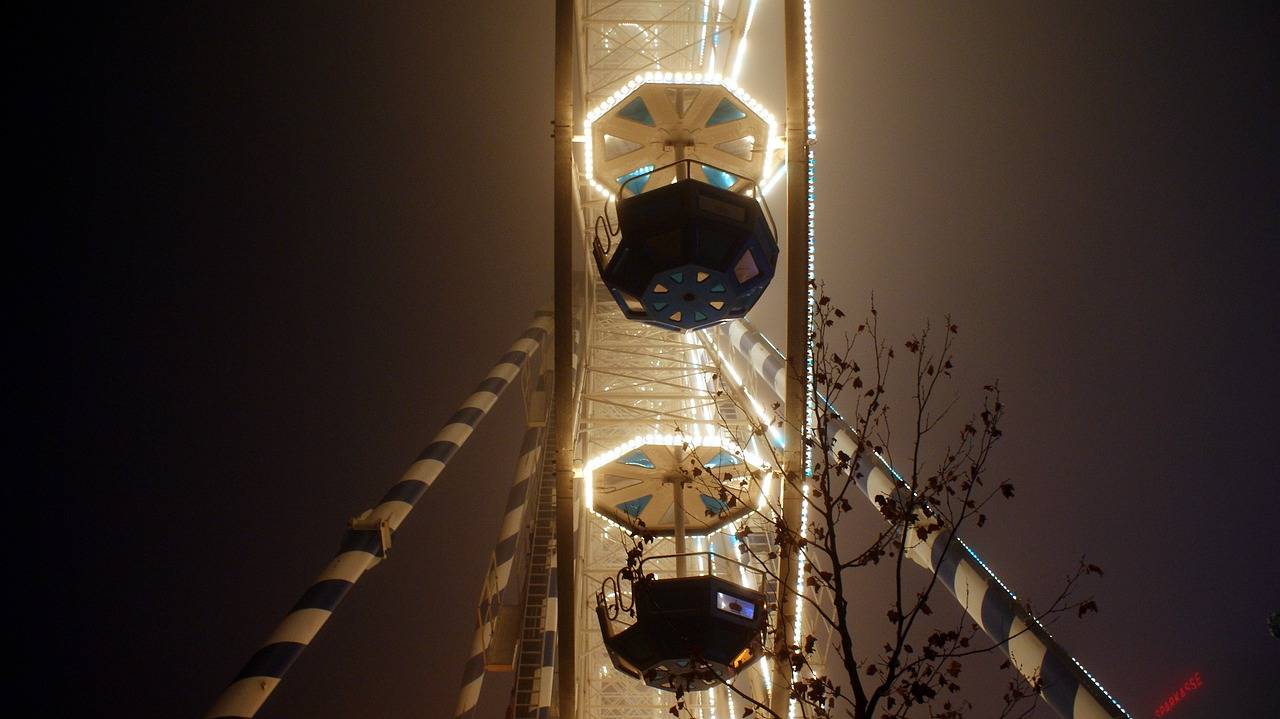The Evolution of Special Effects in Hollywood Blockbusters
Visual effects have a long and fascinating history that dates back to the early days of cinema. Filmmakers in the late 19th and early 20th centuries were pioneers in experimenting with creating illusions on screen, using techniques such as matte paintings, miniatures, and practical effects to captivate audiences. One notable example is Georges Méliès, a French filmmaker known for his innovative use of visual effects in films like “A Trip to the Moon” (1902), where he employed techniques like multiple exposures and stop-motion animation to create otherworldly scenes.
As filmmakers continued to push the boundaries of visual storytelling, the demand for more realistic and technically advanced effects grew. The advent of Technicolor in the 1930s allowed for vibrant, color-saturated images on screen, opening up new possibilities for visual effects artists. Innovations like rear projection and blue screen technology also helped filmmakers create seamless composite shots that blended live-action footage with fantastical environments. These early developments laid the groundwork for the spectacular visual effects we see in modern cinema today.
Technological Advancements in the 20th Century
In the early 20th century, the world of visual effects saw remarkable technological advancements that revolutionized the way movies were made. The introduction of techniques like stop-motion animation and matting allowed filmmakers to create incredible illusions on screen, setting the stage for the future of special effects in cinema.
As the century progressed, the invention of new tools and methods continued to push the boundaries of visual storytelling. The creation of the blue screen technology in the 1930s paved the way for the incorporation of actors into fantastical backgrounds, while the development of animatronics and miniatures provided filmmakers with even more ways to bring their creative visions to life on screen.
The Rise of Computer-Generated Imagery (CGI)
The emergence of Computer-Generated Imagery (CGI) marked a significant turning point in the realm of visual effects within the film industry. Utilizing advanced computer technology, CGI enabled filmmakers to create breathtaking scenes and characters that were previously impossible to achieve with traditional practical effects. This newfound tool opened up endless creative possibilities, from crafting elaborate fantasy worlds to seamlessly integrating fantastical creatures into live-action films.
As technology continued to advance rapidly, the quality and realism of CGI saw exponential growth. With each passing year, CGI became more refined and detailed, blurring the line between imagination and reality on the silver screen. Audiences were captivated by the lifelike animations and dynamic visual effects made possible through CGI, propelling it to the forefront of modern filmmaking. The evolution of CGI not only revolutionized the way stories were told but also set a new standard for visual spectacle in cinema.
• The emergence of CGI revolutionized visual effects in the film industry
• CGI allowed filmmakers to create scenes and characters that were previously impossible with traditional methods
• Endless creative possibilities were opened up with the use of CGI, from crafting fantasy worlds to integrating fantastical creatures into live-action films
• As technology advanced, the quality and realism of CGI saw exponential growth
• Audiences were captivated by lifelike animations and dynamic visual effects made possible through CGI
• The evolution of CGI set a new standard for visual spectacle in modern filmmaking
What is Computer-Generated Imagery (CGI)?
Computer-Generated Imagery (CGI) refers to the use of computer graphics to create realistic images, animations, and special effects in visual media such as movies, television shows, and video games.
When did CGI first start to be used in visual effects?
CGI first started to be used in visual effects in the 1970s, with films like “Westworld” and “Star Wars” incorporating early computer-generated elements.
How has technology advanced in the 20th century to support the use of CGI?
Technological advancements in the 20th century, such as faster computers, improved software, and better graphics processing capabilities, have greatly enhanced the ability to create realistic CGI effects.
What are some examples of movies that have prominently featured CGI?
Movies like “Jurassic Park,” “Avatar,” and “The Avengers” are known for their groundbreaking use of CGI to create stunning visual effects.
How has the rise of CGI impacted the entertainment industry?
The rise of CGI has revolutionized the entertainment industry, allowing filmmakers and creators to bring fantastical worlds and characters to life in ways that were previously impossible with traditional practical effects.





